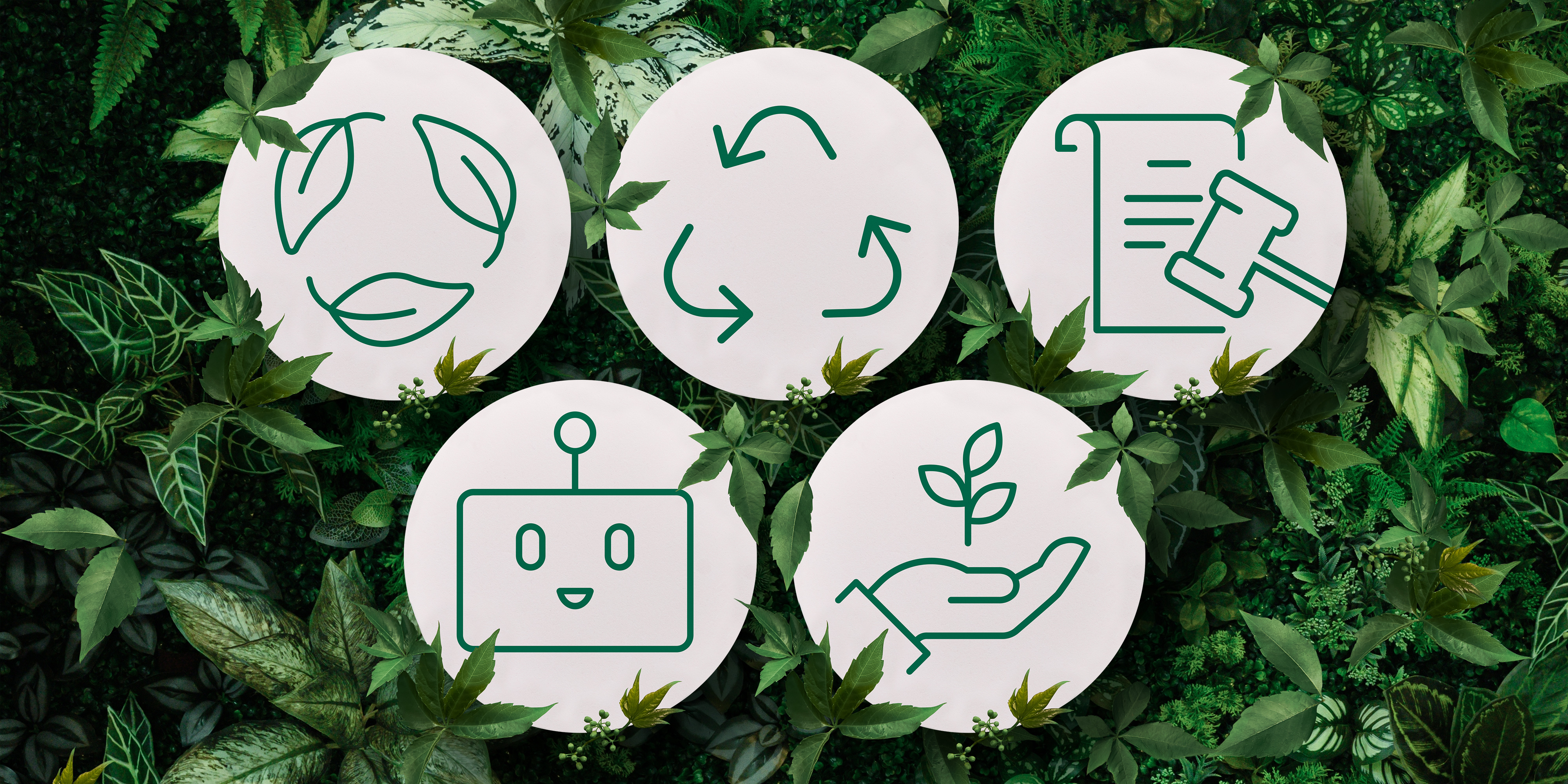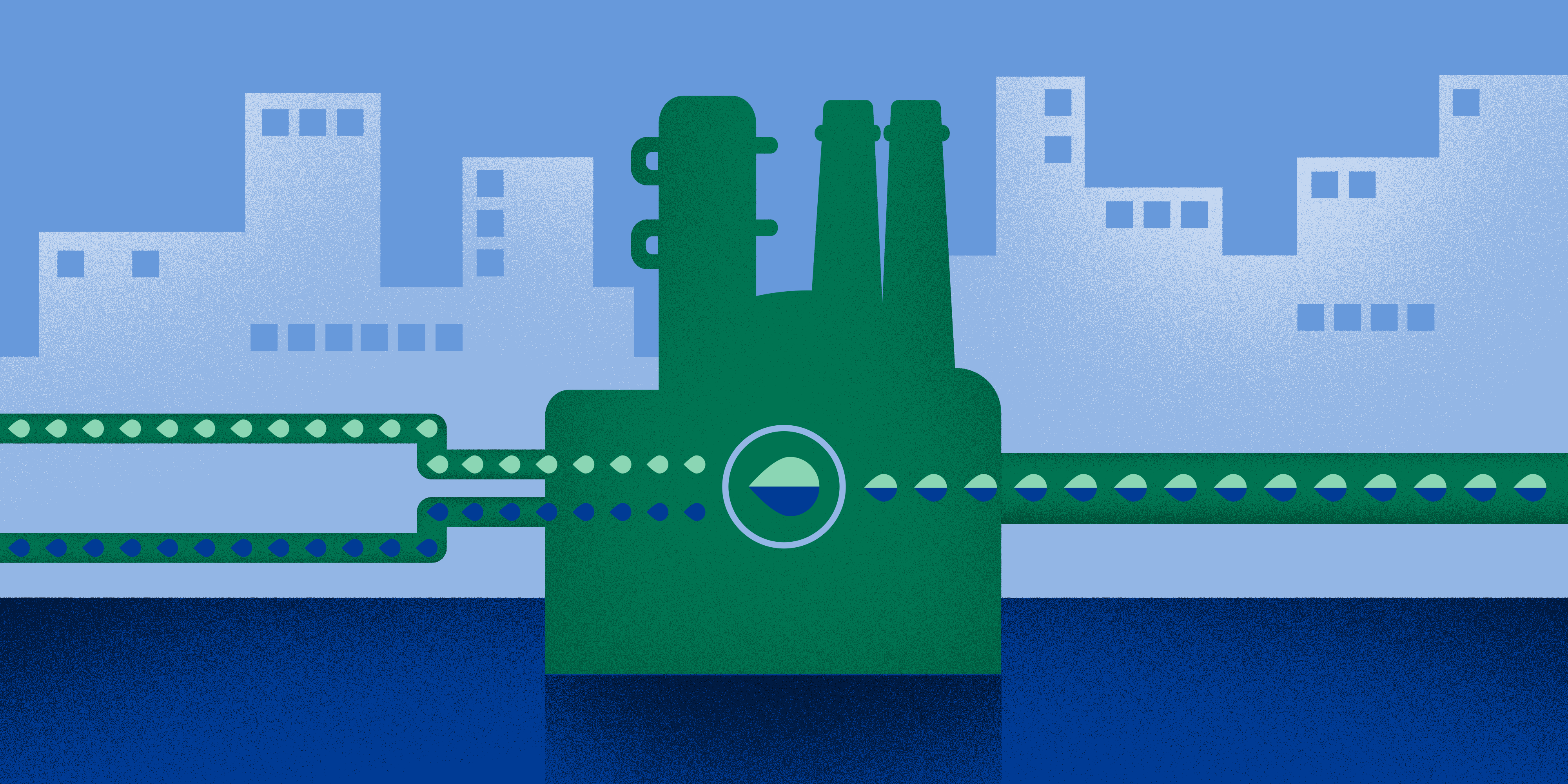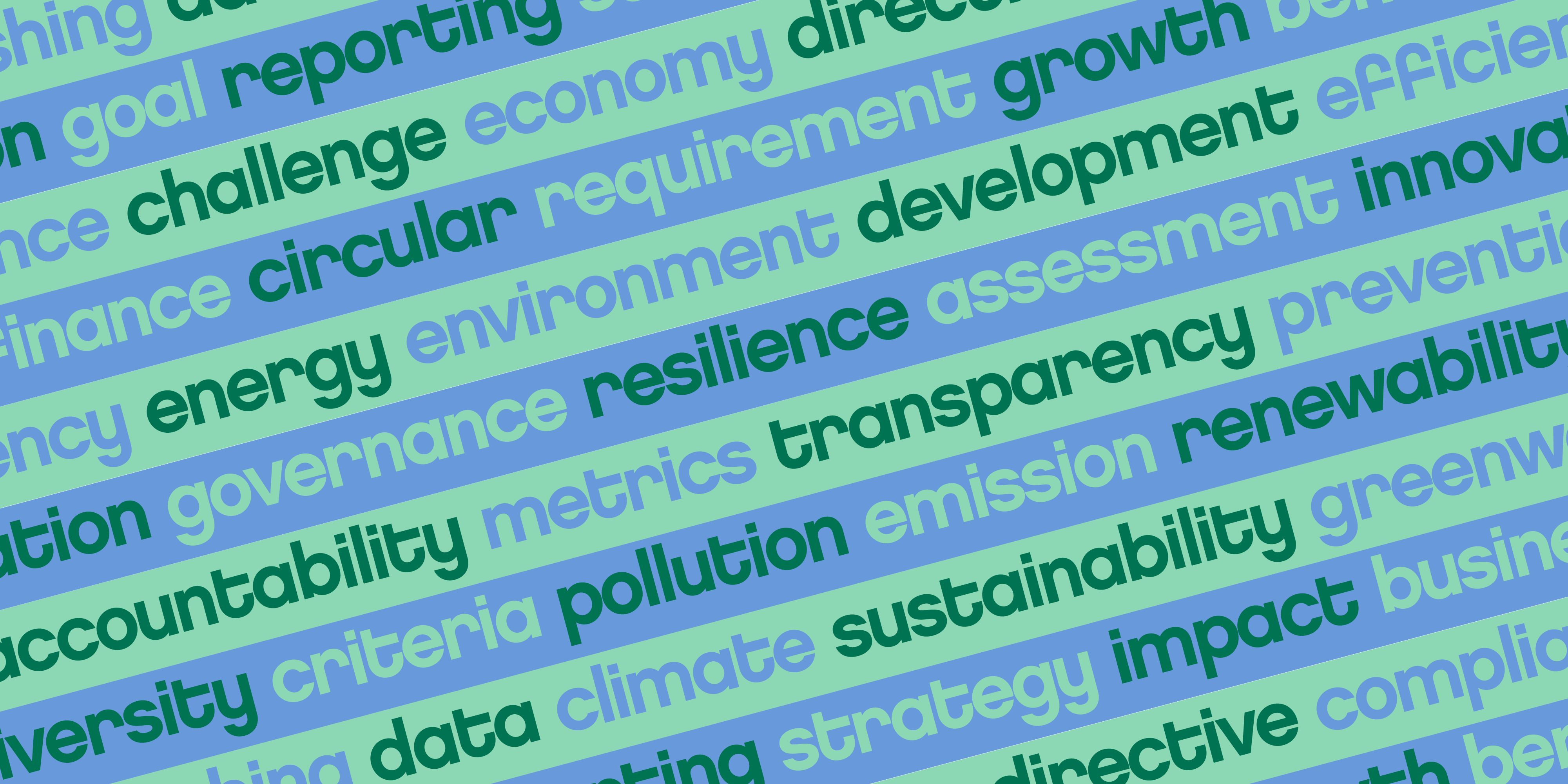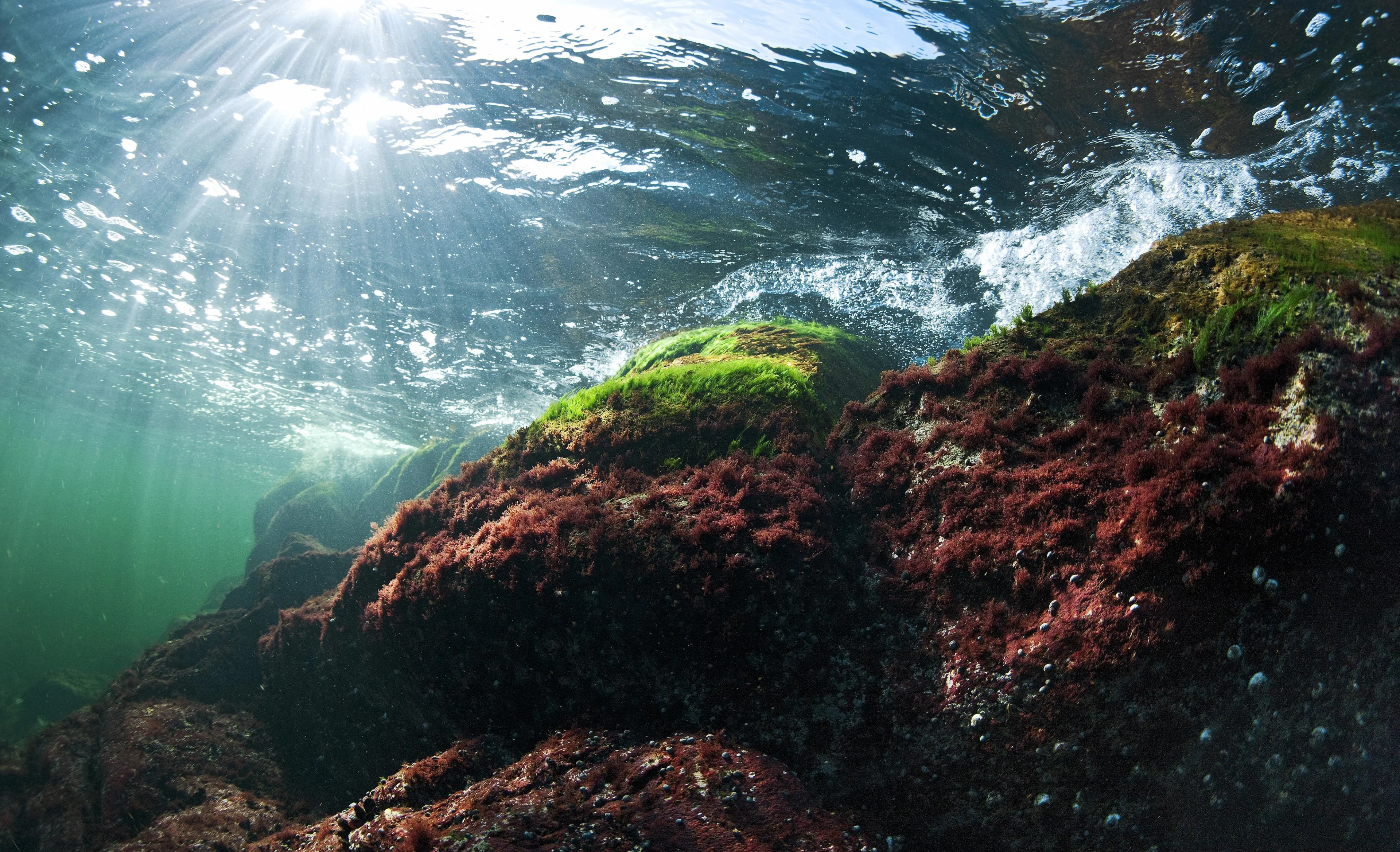
Sustainability
6 minute read
The Baltic Sea – vulnerable and unique
On 31 August, we are celebrating the Baltic Sea Day. It is an annual day of celebration to honor our unique Baltic Sea, when everyone is encouraged to enjoy the sea and to take concrete actions for its benefit.
The Baltic Sea is one of a kind, northern brackish sea located in northern Europe. Several Neste locations have a coastline with the Baltic Sea, and in general the drainage base of the sea is bigger than one might imagine – even 90 million people in 14 different countries live in the area. That means that actions far from the coastline also have an impact on the sea.
What is it that makes the Baltic Sea so unique? Why does it need our special attention?
“The Baltic Sea has a lot of special characteristics”, says Ulla Rosenström, Director of Marine Environment from John Nurminen Foundation, which is a foundation working to improve the Baltic Sea’s condition. “It is shallow and rocky and the water is brackish, which makes the Baltic Sea not exactly a sea nor a lake. In some parts of the sea the water is salty and others more fresh.”
The salinity of the water sets boundaries to all life in the sea, for example plants and fish. According to Rosenström, the Baltic Sea is relatively poor in species, since every living thing has adapted themselves to the extreme limit. The Baltic Sea is sensitive to changes in the environment and climate change gives its own twist to the game. For example, when it rains more, the salinity changes and all species cannot adapt to the changes.
“There are certain key species, which take other species with them, if they become extinct. That’s why biodiversity is really important. A healthy sea with wellbeing species and broad biodiversity has more defense capability towards the impacts of climate change”, Rosenström continues.
Climate change also gives its own boost for eutrophication, which is one of the biggest threats to the wellbeing of the Baltic Sea. Eutrophication is caused by excessive nutrients, which end up in the sea with e.g. wastewaters and rainwaters from forests and fields. As the Baltic Sea is an almost enclosed sea and water changes and mixes up slowly, also nutrients and environmental toxins affect the sea for a longer period of time.
Even if the Baltic Sea is a small sea up in the north, it is significant also from the broader point of view.
“The Baltic Sea is like a laboratory. Here impacts of climate change, for example, can be seen first, and what we see here demonstrates what kind of impacts it has also in the other parts of the world. That is why it has a great impact on research as well as methods and simulations considering wellbeing of the seas on the global level”, Rosenström says.
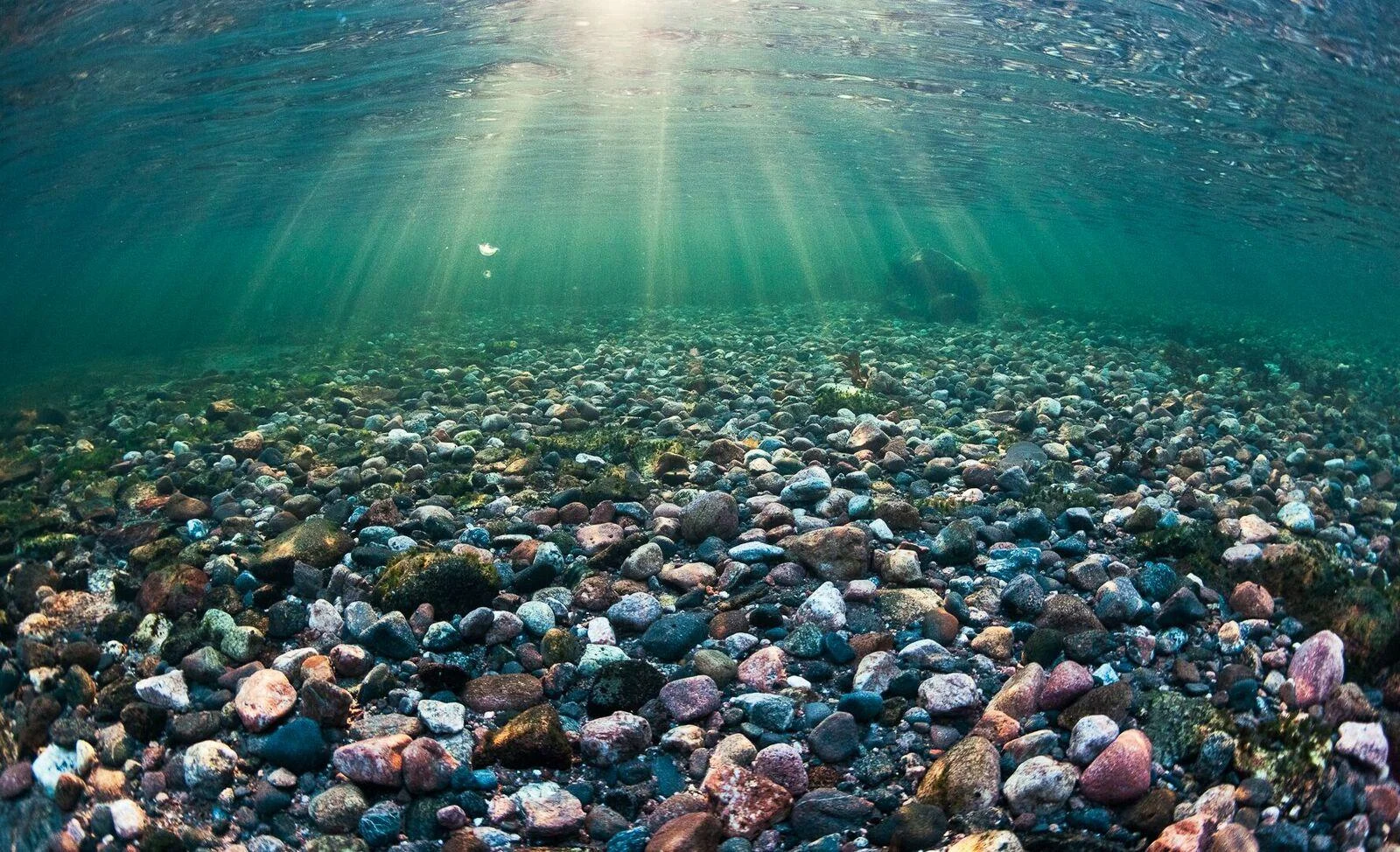
Alf Norkko, professor of Baltic Sea research from the University of Helsinki, shares the same view. Norkko is the head of CoastClim, the Centre for Coastal Ecosystem and Climate Change Research, which is carrying out groundbreaking research on the links between the state of the sea and climate change.
“The Baltic Sea is on the forefront when observing what happens in the waterways on a general level. The effects of climate change are really rapid and CoastClim was founded after realizing that in addition to traditional marine research, we also have to include atmospheric research”, says Norkko.
The state of the seas and coastlines is important for our future. The Baltic Sea has been stressed for a long time and now people at CoastClim are investigating how the state of the sea affects climate change. There are people from various fields involved, which makes research in CoastClim so special – similar research at the coastline on the same scale is not yet done anywhere else.
“There are marine biologists diving under the surface to explore the sea bottom and researchers investigating algal blooms, and at the same time in the same place atmospheric scientists are examining what happens in the atmosphere”, Norkko explains when asked about their work on a practical level.
At Tvärminne Zoological Station, Finland, where the CoastClim research center is located, marine research has been carried out for over 120 years. This has included really broad research about the Baltic Sea ecosystem and its condition and all this information is significant for the research also today.
“We are collecting a lot of valuable information for society. It is really important to understand what kind of impacts climate change has not only to the Baltic Sea’s ecosystems but us humans too, and what are the benefits the sea brings to us”, says Norkko.
It has become clear that the state of the seas and coastlines is important considering our future. Then what is the Baltic Sea’s condition now? Rosenström and Norkko share the view on the issue.
“In general the state of the Baltic Sea is alarming, but it is still not too late to act. Climate change is impossible to stop, but everybody’s actions matter”, Rosenström points out.
“You can’t protect such a thing you don’t know. That is why it is important for everybody to get to know the sea better and learn to do the right things to protect it. We need all hands on deck”, Norkko concludes.
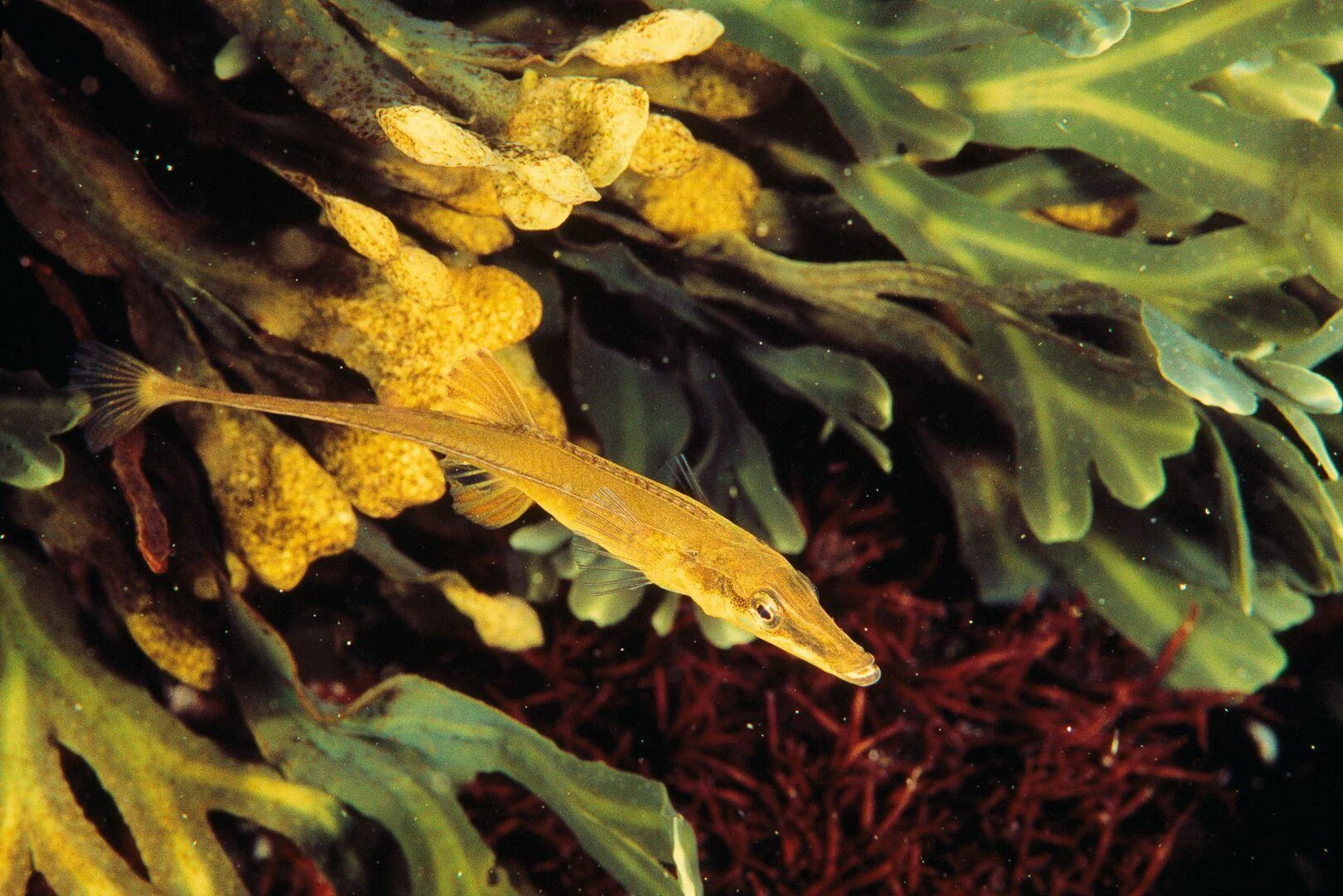
At Neste, we want to create a healthier planet for our children and make sure that future generations can also enjoy the Baltic Sea. We set high standards for climate, biodiversity, human rights as well as our supply chain and raw materials. We lead transformation towards a carbon neutral value chain and drive a positive impact on biodiversity.
We work together with the John Nurminen Foundation to support the protection of biodiversity of the sea as well as support the work of CoastClim (Centre for Coastal Ecosystem and Climate Change Research). Since Neste introduced volunteering opportunity for their employees in 2018, cleaning the coastlines has been one of the most popular voluntary work activities in many different parts of the world, also on the shores of the Baltic Sea.
Learn more about the Baltic Sea
Neste has continued its collaboration with the John Nurminen Foundation to support the protection of biodiversity of the Baltic sea.
Credits:
Photos in this article by Jukka Nurminen, John Nurminen Foundation
